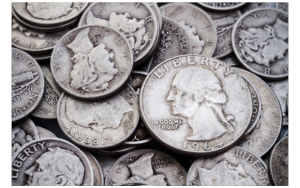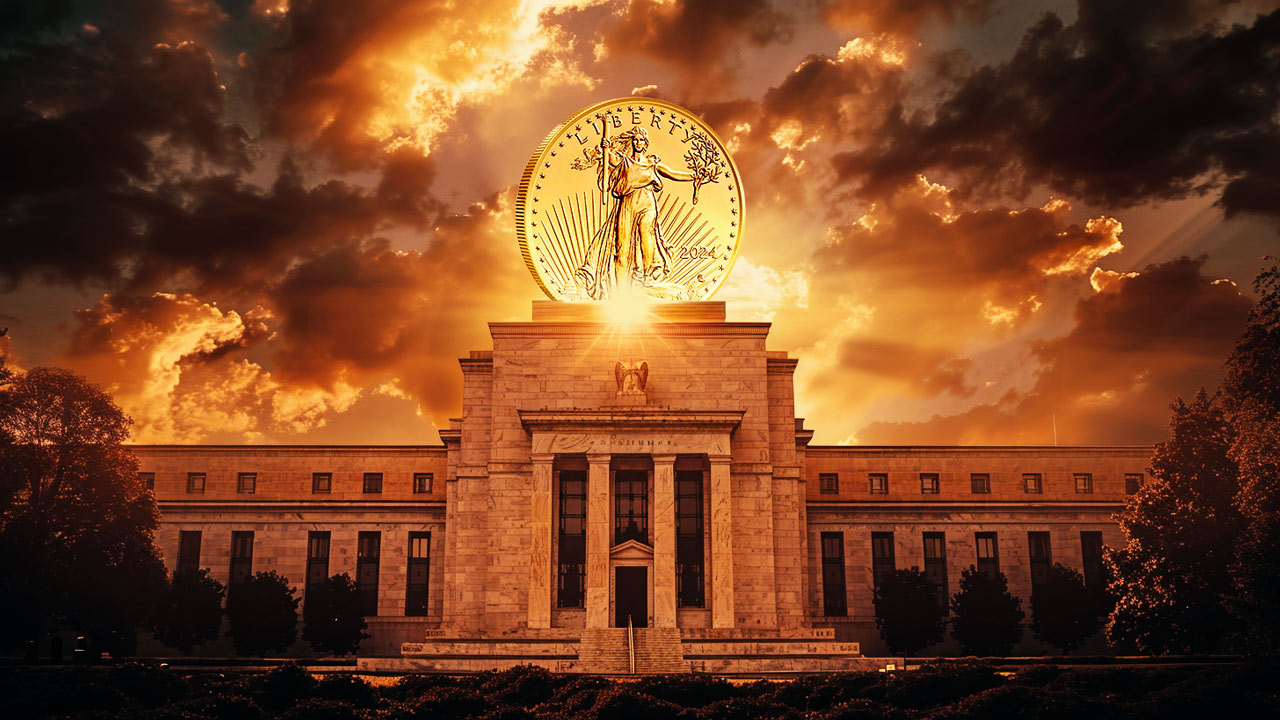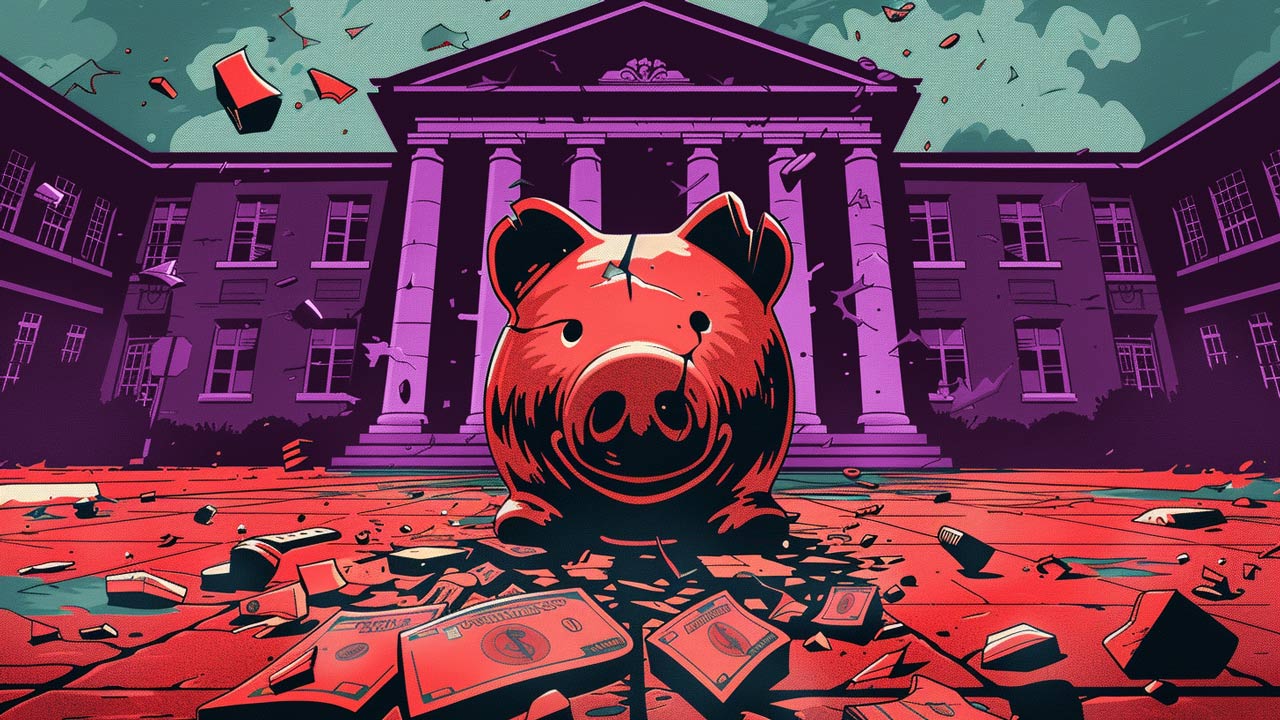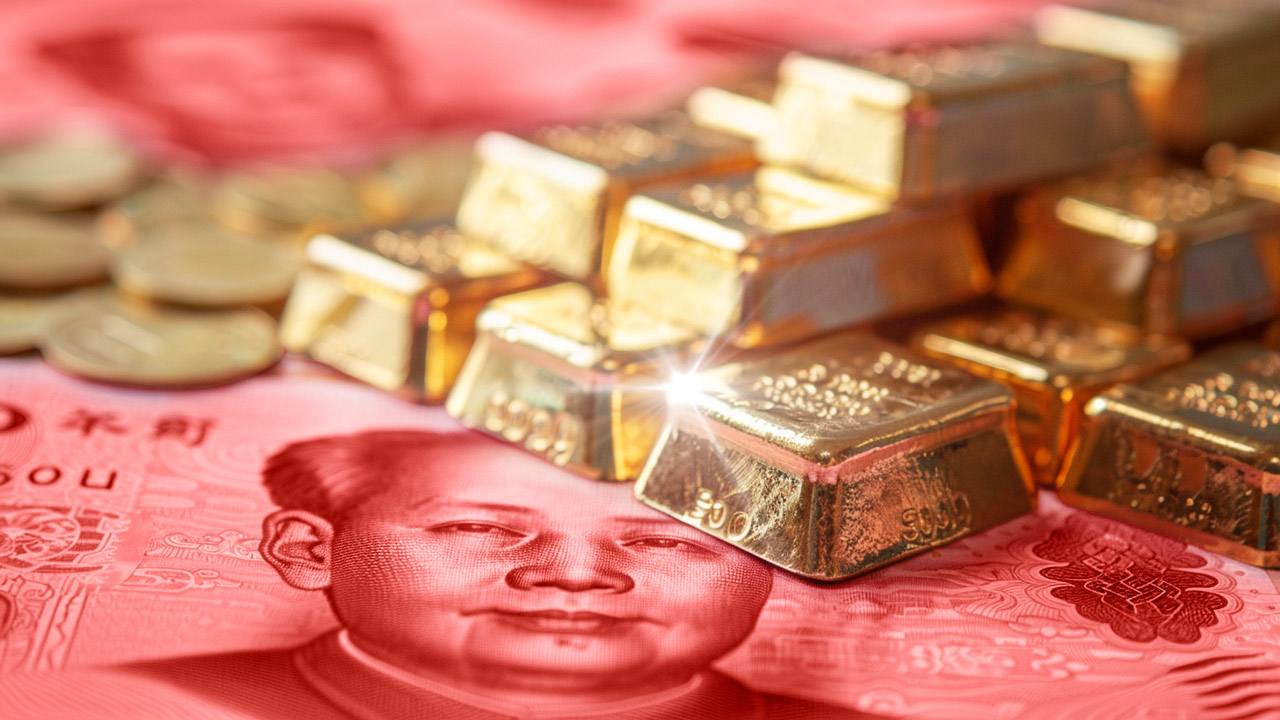Happy 50th Birthday to “Junk Silver”
Under the original Coinage Act of 1792, drafted by Alexander Hamilton, the penalty for debasing a coin was death.
Under that law, President Lyndon B. Johnson was guilty of a capital offense.
Fifty years ago today, Johnson signed the Coinage Act of 1965, setting into motion five decades of currency debasement that continues today. Under the law, silver dimes and quarters would no longer contain silver. Instead, the Treasury would mint coins made of “composites, with faces of the same alloy used in our 5-cent piece that is bonded to a core of pure copper.”
Today, we call pre-1965 dimes and quarters “junk silver,” but we really should be calling the modern coins junk, because that’s what they’re worth.
Johnson promised removing silver would have no impact on the value of US coinage. “[The] Treasury has a lot of silver on hand, and it can be, and it will be used to keep the price of silver in line with its value in our present silver coin,” he said.
The reality turned out a lot different, as Seth Lipsky shows in a Wall Street Journal column.
When LBJ signed the 1965 act, the value of a dollar was almost exactly the same as it had been in 1792—0.77 ounces of silver. Despite some downs and ups, on average it had been remarkably steady for the long span…
“The value of the dollar started sinking after the 1965 coinage act, and by 1980 the dollar—so long valued at 0.77 ounces of silver—plunged to 0.02 ounces of silver. Today it is valued at 0.06 ounces of silver.”
This isn’t just some obtuse economic phenomenon. It has a real impact on our daily lives. Currency debasement means less purchasing power for you and me. Our dollars no longer buy the same amount of goods and services. Ultimately, that means we suffer a lower standard of living. As we showed recently, a look at the minimum wage vividly illustrates the impact of currency debasement. In 1964, the minimum wage stood at $1.25. That’s five silver quarters. Today, the melt value of those five silver quarters stands close to $15 – the minimum wage so many are clamoring for.
Financial analyst Robert Prechter summed up the impact of the Coinage Act of 1965 beautifully.
The year 1965, then, marked the official end of money usage in America. That’s when the Fed’s notes and the Treasury’s tokens became the official currency, unredeemable in anything. The dollar became merely an accounting unit. The government was now fully free to extract value from its citizens’ savings accounts through the process of issuing debt and having the Fed turn it into checking accounts.”
“The change in 1965 shifted the basis of the nation’s accounting unit from money to the policies of politicians and central bankers. It set the government and the Fed completely free to create and spend new accounting units at their pleasure.
Johnson also claimed silver coins would “very definitely” not disappear or “even become rarities.”
Wrong again.
As the value of the silver in pre-1965 quarters and dimes increased, demand for the coins skyrocketed right along with it. People began holding on to them. Today, finding an old silver dime or quarter in circulation is a rare treat. In fact, they have become so rare in the “wild,” investors now buy bags of “junk silver” as a way to preserve wealth in the face of continuing debasement.
The policymakers and central bankers of today should probably be glad Hamilton’s punishment for coin debasement no longer applies.
Get Peter Schiff’s most important Gold headlines once per week – click here – for a free subscription to his exclusive weekly email updates.
Interested in learning more about physical gold and silver?
Call 1-888-GOLD-160 and speak with a Precious Metals Specialist today!




 Decades of negative interest rate policy in Japan have ended. That could mean the end of the $20 trillion “yen carry trade,” once one of the most popular trades on foreign exchange markets, and a chain reaction in the global economy. The yen carry trade is when investors borrow yen to buy assets denominated in […]
Decades of negative interest rate policy in Japan have ended. That could mean the end of the $20 trillion “yen carry trade,” once one of the most popular trades on foreign exchange markets, and a chain reaction in the global economy. The yen carry trade is when investors borrow yen to buy assets denominated in […] With a hot CPI report casting a shadow of doubt on the likelihood of a June interest rate cut, all eyes are on the Fed. But they’ve caught themselves in a “damned if they do, damned if they don’t” moment for the economy — and the news for gold is good regardless.
With a hot CPI report casting a shadow of doubt on the likelihood of a June interest rate cut, all eyes are on the Fed. But they’ve caught themselves in a “damned if they do, damned if they don’t” moment for the economy — and the news for gold is good regardless.  It’s no secret that the American public is wildly ignorant of many issues that are central to the success of our nation. Just a generation ago it would have been unthinkable that less than half of the American population could recognize all three branches of government. America is in most cases far less educated about its government […]
It’s no secret that the American public is wildly ignorant of many issues that are central to the success of our nation. Just a generation ago it would have been unthinkable that less than half of the American population could recognize all three branches of government. America is in most cases far less educated about its government […] In investing, “Buy low, sell high” is among the most well-known sayings, and generally, it’s good advice. But with gold still holding near its historic all-time highs, central banks led by China are bucking the classic adage and smash-buying more, buying the top to fortify themselves against a global monetary and financial blow-up.
In investing, “Buy low, sell high” is among the most well-known sayings, and generally, it’s good advice. But with gold still holding near its historic all-time highs, central banks led by China are bucking the classic adage and smash-buying more, buying the top to fortify themselves against a global monetary and financial blow-up. When John Bogle died in 2019, people around the world mourned. Bogle created the Vanguard Group and made the index fund mainstream. Index funds are investment vehicles that invest in a class of investments as a whole, rather than trying to predict what specific stocks or securities will do best. So an investor could invest in an […]
When John Bogle died in 2019, people around the world mourned. Bogle created the Vanguard Group and made the index fund mainstream. Index funds are investment vehicles that invest in a class of investments as a whole, rather than trying to predict what specific stocks or securities will do best. So an investor could invest in an […]
Leave a Reply